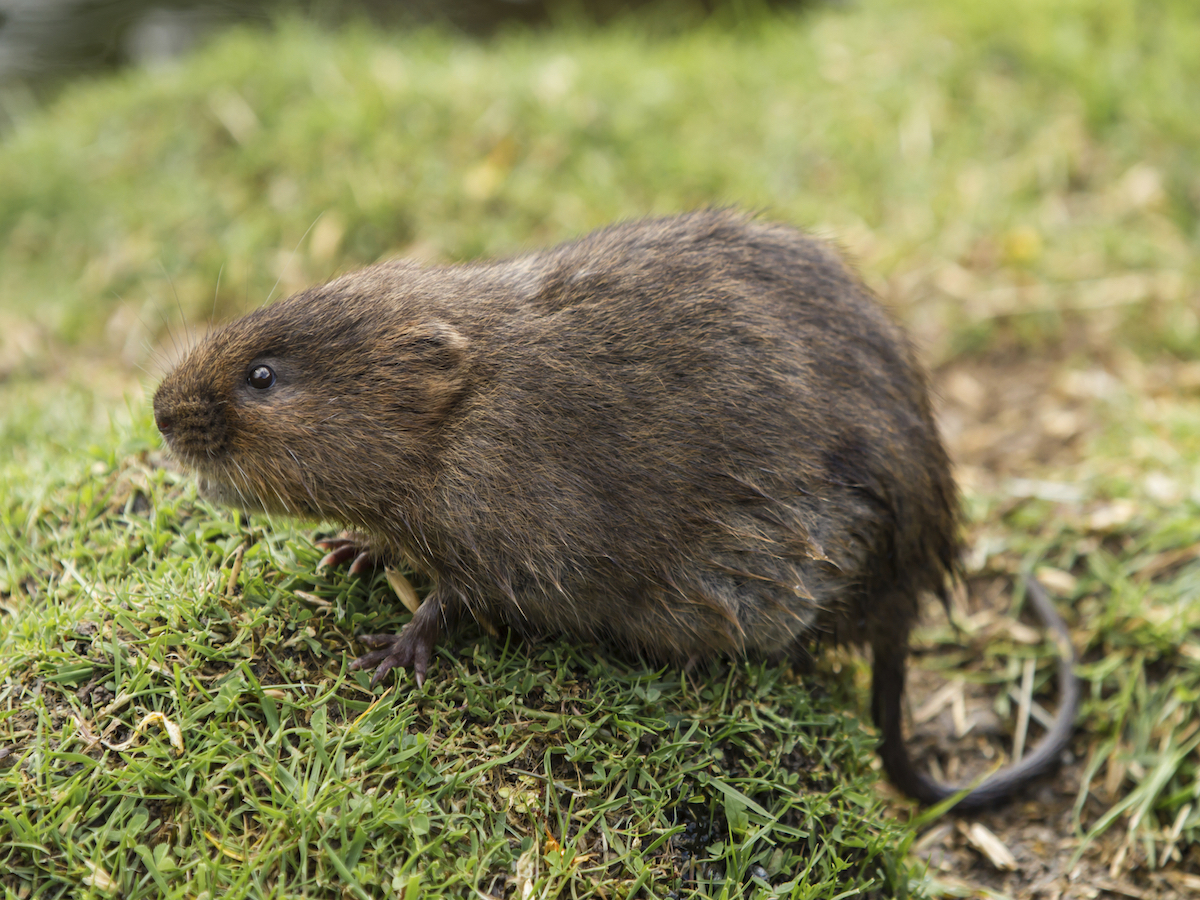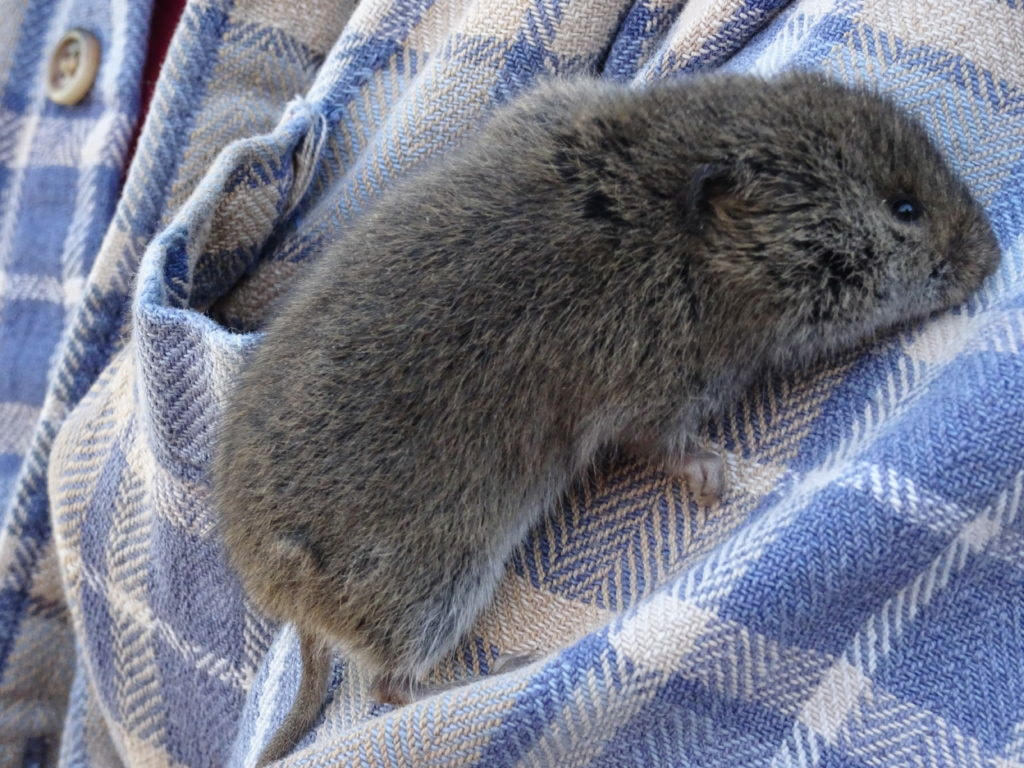Professional Strategies for Vole Control and Prevention
Comprehensive Guide to Effective Vole Parasite Control: Problem Recognition and Therapy Approaches
In the world of reliable insect control, vole problems present an one-of-a-kind obstacle that requires a critical method. By exploring the subtleties of vole behavior, recognizing crucial indicators of invasion, and evaluating an array of control choices, one can establish a detailed technique to fight these elusive bugs.
Comprehending Vole Actions
Vole behavior is identified by their delving routines and fast recreation rates, making them a difficult parasite to control successfully. These little rats generally produce elaborate passage systems underground, utilizing them for shelter, food storage space, and transportation. Voles are herbivores, eating a variety of plants, roots, bulbs, and yards, which can create considerable damages to yards, orchards, and lawns. Their fast reproductive rate additional complicates control efforts, with ladies with the ability of generating numerous trashes in a single year, each including several spawn.
Understanding vole actions is critical for efficient parasite control approaches. By identifying their burrow areas, monitoring feeding areas, and applying targeted control methods, such as capturing or habitat alteration, vole invasions can be managed effectively.
Signs of Vole Problem

Avoidance Techniques
Implementing effective avoidance methods is crucial in lessening vole infestations and protecting vegetation from their harmful feeding practices (vole control utah). To stop vole problems, it is important to begin by removing possible food sources and sanctuary. Keep grass and vegetation trimmed short, eliminate weeds and debris, and maintain a clean yard or lawn to make the area much less attractive to voles. Installing obstacles such as equipment fabric or underground fence can also assist hinder voles from entering details areas. Furthermore, lowering excess moisture by taking care of leaking pipes and making sure appropriate water drainage can make the atmosphere much less friendly for voles.
Routinely checking the residential or commercial property for signs of vole task, such as paths and burrow openings, is critical for early detection and timely action. If vole task is presumed, take into consideration using repellents or catches tactically placed near their pathways. Utilizing all-natural killers like serpents or owls can also help maintain vole populaces in check. By executing a mix of these avoidance garden enthusiasts, house owners and approaches can effectively safeguard their plants from vole damage.
Non-Lethal Control Techniques
To successfully take care of vole populations while focusing on gentle methods, non-lethal control techniques use practical remedies for decreasing vole damages in landscapes and yards. One efficient approach is using physical barriers such as hardware towel or cord mesh to shield susceptible plants. These obstacles can be hidden at the very least 12 inches bent and deep at a 90-degree angle to avoid voles from burrowing below. Additionally, habitat adjustment can deter voles by lowering their preferred food resources and concealing spots. Maintaining a well-mowed yard, removing debris, and maintaining greenery cut can make the setting less attractive to voles.

Lethal Control Options
One effective approach for resolving vole infestations in gardens and landscapes involves the critical use of deadly control choices. When confronted with an extreme vole invasion that non-lethal techniques have actually stopped working to include, carrying out deadly control procedures comes to be important. One generally employed lethal control choice is the use of snap catches. These catches are developed to promptly and humanely kill voles upon activation, making them a popular option for numerous garden enthusiasts and landscapers. To enhance the performance of snap traps, it is advised to position them in areas where vole task is high, such as along runways or near burrow entryways. Another lethal control alternative is the usage of harmful baits particularly created to target voles. These baits include poison that is ingested by the voles, resulting in their ultimate death. Nonetheless, care must be exercised when making use of toxic baits to stop harm to non-target animals or family Full Article pets. On the whole, when using lethal control options, it is important to do so properly and based on neighborhood regulations to successfully take care of visit this page vole infestations.
Conclusion
To conclude, reliable vole insect control requires an extensive understanding of vole habits, identification of signs of problem, execution of avoidance methods, and usage of both non-lethal and lethal control methods. By integrating these strategies, individuals can efficiently handle vole populaces and protect their home from damage. It is essential to address vole infestations without delay to avoid further problems and decrease the influence on the surrounding atmosphere.
Given the detailed passage systems and rapid recreation rates particular of voles, recognizing the indications of vole invasion ends up being vital in effective pest control. One of the main indicators of vole visibility is the presence of surface area paths or tracks in grass or snow, normally regarding 1-2 inches wide, produced as voles take a trip between their burrows and food resources.To properly handle vole populations while prioritizing gentle techniques, non-lethal control techniques provide practical options for minimizing vole damage in landscapes and gardens.One efficient method for dealing with vole infestations in landscapes and yards involves the calculated usage of deadly control choices. vole yard damage.In verdict, effective vole bug control needs an extensive understanding of vole habits, identification of indicators of problem, implementation of prevention strategies, and utilization of both non-lethal and deadly control techniques